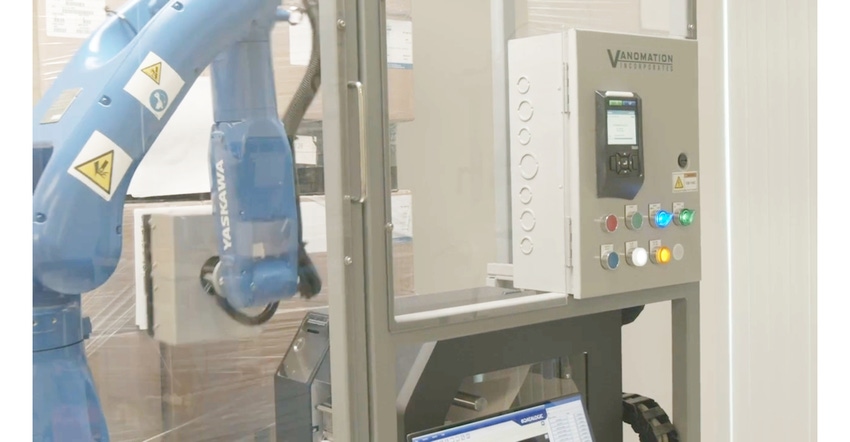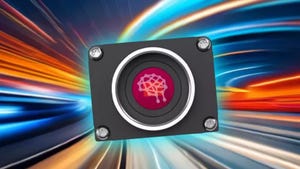Robotic Label Placement Eliminates Rejects for Greater Uptime
Printing and robotic labeling for conveyor and warehouse applications brings accuracy to 0.1 inch.

Companies applying barcode labels to individual items, cartons, and pallets — including distributors affixing shipping labels — have long been plagued by improper inaccuracy and downtime. In a presentation “Robotic Labeling Brings 21st Century Technology to Applying Barcode Labels on Products & Packages” during 2020 Virtual Engineering Week, Mark Edwards, executive director of Vanomation, explains how Nestlé, Blue Bunny ice cream, and other brands partnered with the company to solve these issues (see video below).
The solution begins with a Robotic Printer Applicator(RPA) that combines industrial or collaborative robots, barcode printers, and automation that merges separate data and control data streams — a source of integration difficulties in the past — into “single data path.” The RPA is at the core of two solutions. First is a Product Labeling Solution that “knows” exactly where to place the right label or labels on the right item; the second, a Dynamic Label Placement Solution, uses sensors and 3D profiling for cases when the exact coordinates are constantly changing on a conveyed production stream.
About the Author(s)
You May Also Like



